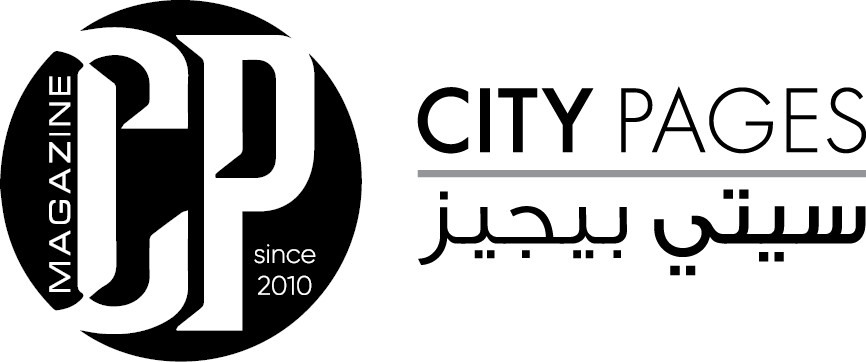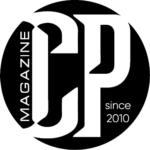When I was young, she would often entertain me with stories from her childhood. My own urban upbringing was a far cry from her rural existence and I was fascinated by tales from the farm. One such story involved geese hanging on to the back of her dress as she tried to run away. Unable to shake them off, she remains terrified of them to this day.
I still find it hard to imagine my mum (or anyone for that matter) milking a cow by hand. It seems such an alien concept in these days of modern technology and equipment. I doubt I would ever get the opportunity to sit on a milking stool, udders in hand, bucket at the ready. I could, however, learn a wee bit more about today’s milking methods.
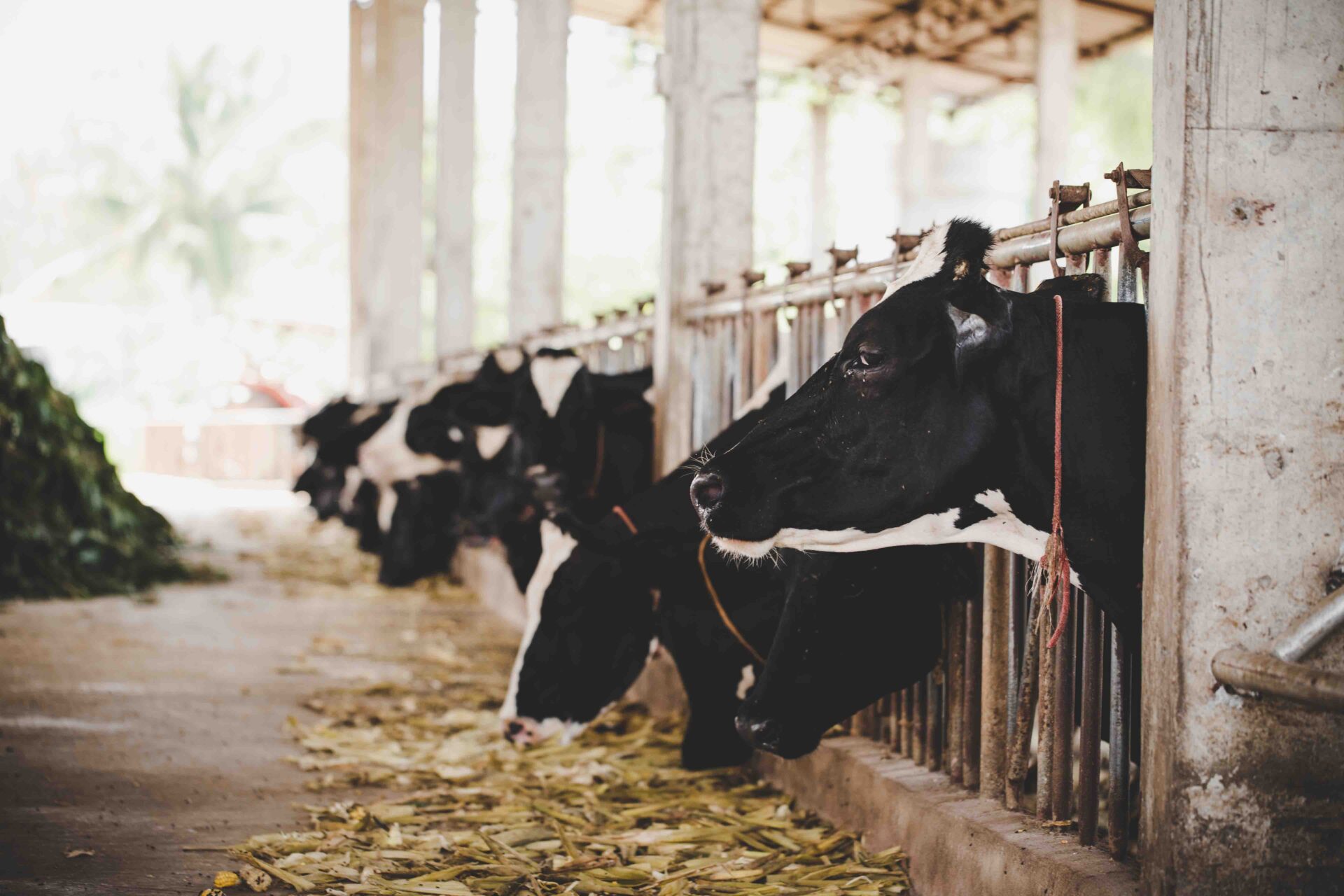
Driven by curiosity, I contacted my local dairy farm where they were kind enough to show me around, affording me a glimpse of modern day dairy farming.
I met calves only a few days old, cute enough to take home. I also met cows nearing the end of their time on the farm, their calving and milking duties having come to an end. But most memorable of all, I met the cows in the milking shed.
The first thing that struck me was the noise. The combination of very vocal cows, milking machinery and the clatter of feed as it hit the troughs, caused quite a racket. But it was being in such close proximity to the nether regions of so many cows that resulted in my ‘rabbit in the headlights’ look, much to the everyone else’s amusement.
My senses were overwhelmed. Not only were my eyes and ears struggling to take in the sights and sounds, my nose was also trying to adjust to the smell. That said, it wasn’t particularly unpleasant – more animal than animal deposits, if you know what I mean? There was one only thing I could taste and that was my own apprehension.
Having made my way tentatively down into the central pit, I watched the experts clean the cows’ teats before attaching the cups. I was acutely aware of the ‘sitting duck’ position I found myself in – talk about being in the firing line! Now I know why they’d told me to wear old clothes.
Finally, I was ready for my first ever milking lesson. It seemed wrong, however, to get intimately acquainted (even with a cow) without knowing her name. I decided to call my chosen cow Annette, partly because she reminded me of someone I knew many years ago (from the back, anyway), but also because it was the first name that came into my head as I stood wide-eyed and frozen to the spot.
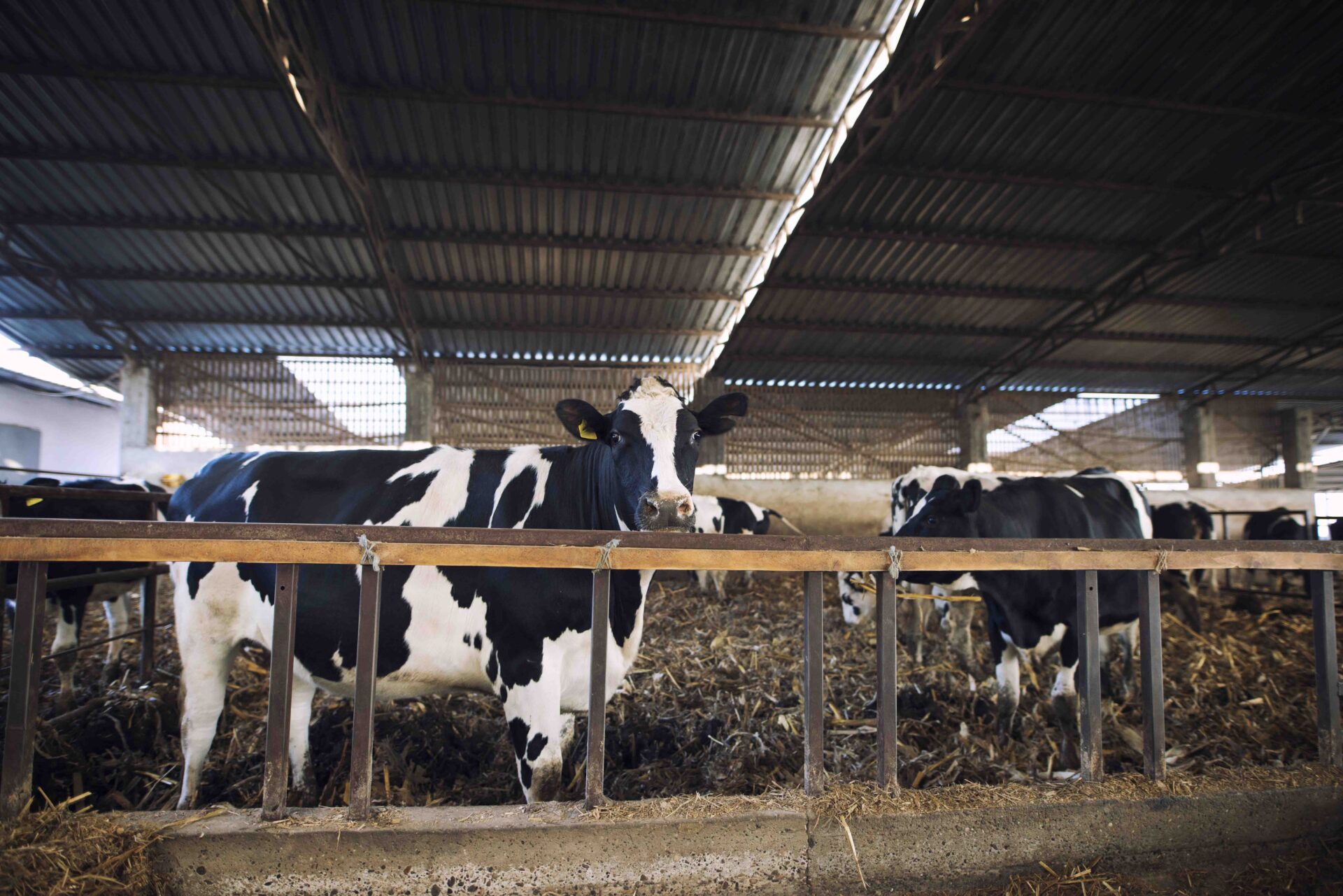
Taking a step closer, I was shown how to attach the milking cluster. Annette, obviously sensing an imposter, and probably wondering what was taking me so long, made her impatience known. There was no easy access to her teats and I was all fingers and thumbs, so navigating my way around and through her back legs was quite a challenge – and a tad messy.
Apparently, when the flow of milk begins to slow, the cups automatically release and the cows mooooove on (sorry, couldn’t resist), making room for the next 20 animals. Bearing in mind there are 250 cows in the herd, all of which need milking twice a day, that’s quite a task! And far from speeding things up with my one feeble attempt at helping out, I knew I was distracting the farmers from their usual milking efficiency.
Although I’d only handled two cups and been up close and personal with one cow, I’d still managed to cover my hands in something not very pleasant (I suppose it could have been worse – at least it was only my hands). So, having said goodbye to Annette, I climbed out of the pit and found a sink where I washed away all traces of my brief milking encounter, along with my embarrassment.
My cow experience, though, was far from over. I had yet to meet Big Babs. Big Babs has her very own shed. Although not a real cow, she has ‘working’ udders and allows curious individuals – just like me – to try their hand at the old-fashioned milking method.
Babs was very obliging (even posing for a photograph!). She was also quieter and cleaner than Annette, and definitely more patient. She also allowed me the opportunity, if only for a few minutes, to get a feel for what my mum would’ve experienced all those years ago. I wondered how much milk Mum had been able express into her metal bucket. Much less than the 6,000 litres produced every day at this farm, that’s for sure!
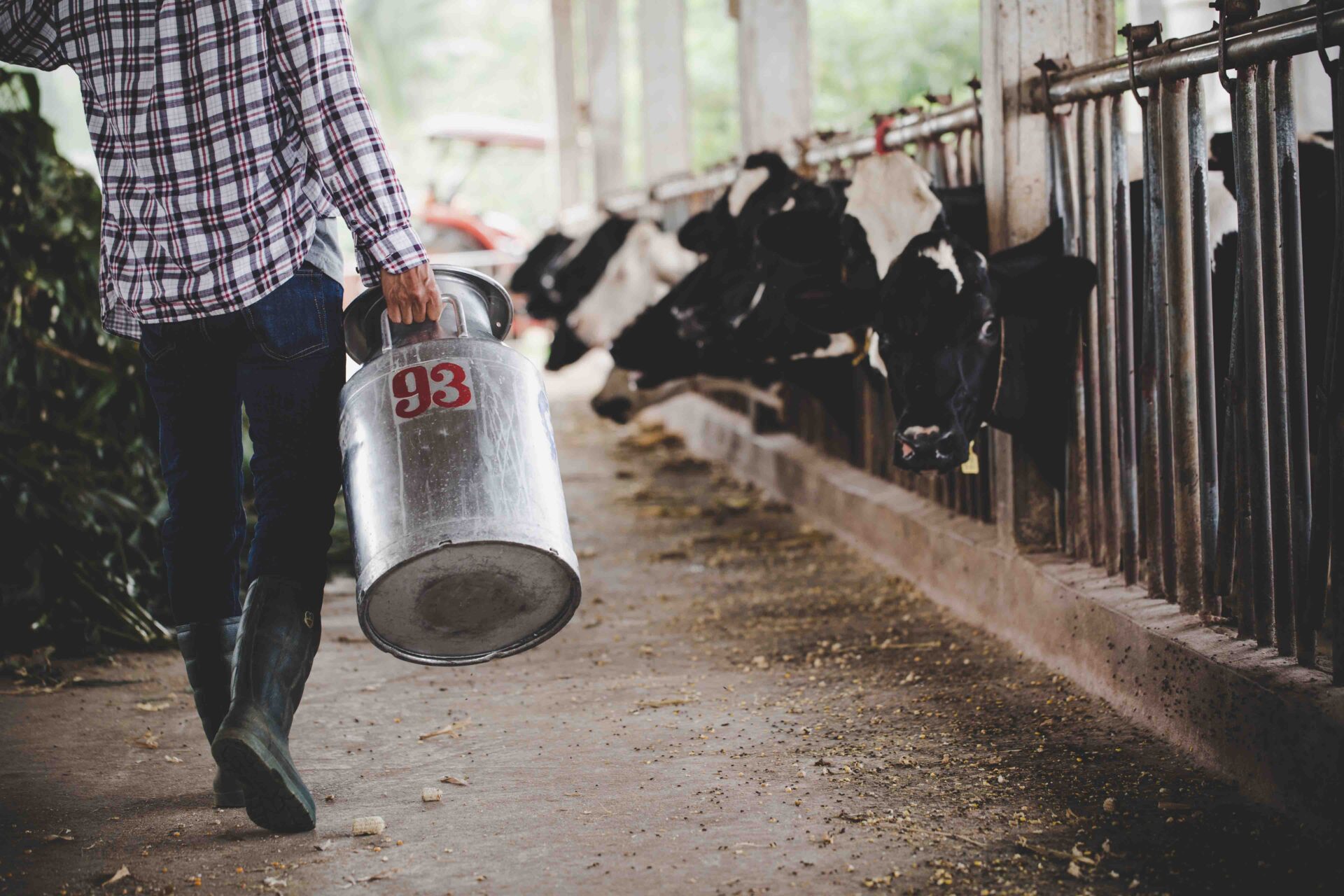
I marvelled once more at the thought of 250 cows all queuing for their turn in the milking parlour, and felt a little foolish when I recalled my startled reaction. As an animal lover, I should have relished the chance to get stuck in, particularly as I’d always been so entertained by Mum’s farming stories. Clearly, I’d missed out on the farming genes.
As for this particular family, farming is most definitely in their blood. As fourth and fifth generation dairy farmers they are experts in their field (pun intended). There’s no doubt, however, that despite the modern equipment and techniques available, farming is still exceptionally hard work. It’s a physically demanding job with long hours and little time off. With that in mind, I’d like to thank the family for taking the time to indulge my little farming fantasy. I’d also like to point out that for the entire duration of my visit, safety was always the number one priority.
Needless to say, I’m no longer reminded of my mum whenever I see a cow (much to her delight). Thanks to my visit to the dairy farm, it’s Annette and Big Babs that instantly spring to mind.
With hindsight, maybe I should’ve called her Pat…
